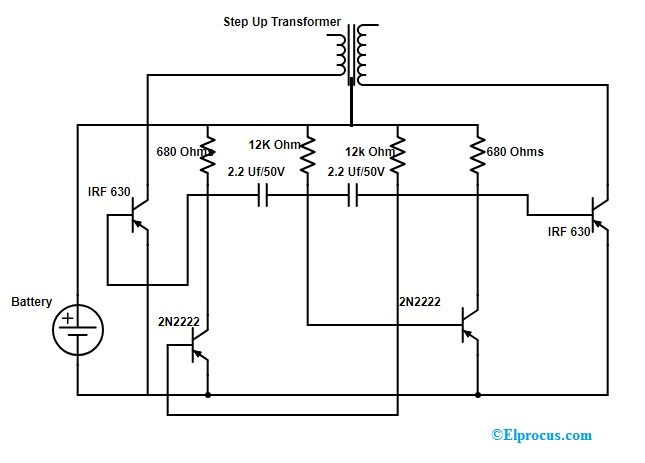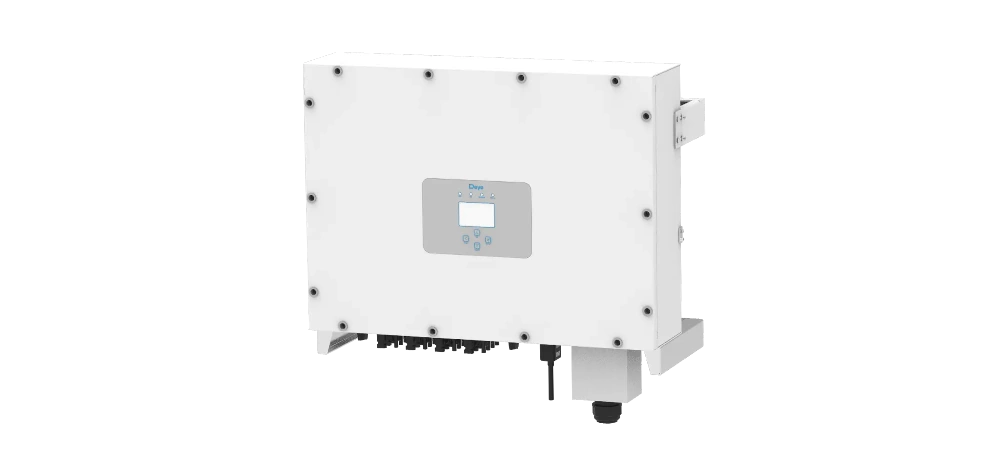Just how does an inverter work? In today’s technology-driven world, inverter systems have emerged as vital components, playing a crucial role in our daily lives. Whether it’s ensuring uninterrupted power supply during outages or enabling the integration of renewable energy, Understanding the basics of inverter systems is becoming increasingly important. In this beginner’s guide, we will delve into the workings of inverter systems, demystifying their complexities and shedding light on their significance.
Understanding Inverter Systems
At its core, an inverter system is a device designed to convert direct current (DC) into alternating current (AC). This conversion is essential because while many of our devices and appliances run on AC power, sources like solar panels and batteries typically generate DC power. Inverter systems bridge this gap, allowing us to utilize DC power in AC-based applications seamlessly.

Essential Operation: DC to AC Conversion
The operation of an inverter system involves a combination of electronic components, including transistors, capacitors, and control circuits. The primary objective is to transform incoming DC power into AC power through a multi-step process:
- Rectification: Initially, incoming AC power (often from sources like solar panels or batteries) is converted into DC power using a component known as a rectifier.
- Inversion: The converted DC power is then supplied to the inverter, which employs specialized electronic switches (commonly insulated gate bipolar transistors, or IGBTs) to rapidly alternate the polarity of the DC voltage. This switching action generates a simulated AC waveform.
- Control: Advanced inverter systems are equipped with sophisticated control algorithms that ensure the output AC waveform matches the specifications of the standard utility grid. This precise control is vital to maintain compatibility with various appliances and prevent potential damage to connected devices.
- Filtering: The generated AC waveform might exhibit imperfections or noise. Filtering components are used to eliminate unwanted harmonics and ensure a clean and stable AC output.
Diverse Types of Inverter Systems:
- Grid-Tied Inverters: These specialized inverters are designed to synchronize with the utility grid. They feed surplus energy generated by sources like solar panels back into the grid, often earning credits through net metering. They also draw power from the grid when the renewable sources aren’t producing enough.
- Off-Grid Inverters: Off-grid inverters are used in standalone systems where there is no connection to the utility grid. They convert DC power from sources like batteries or solar panels into usable AC power, catering to the energy needs of homes, cabins, or remote installations.
- Hybrid Inverters: Combining features of grid-tied and off-grid inverters, hybrids can work with both grid-connected sources and batteries. This flexibility allows users to store excess energy for use during power outages or emergencies.
Benefits of Inverter Systems:
- Integration of Renewable Energy: Inverter systems facilitate the seamless integration of renewable energy sources such as solar and wind power, contributing to a more sustainable energy mix.
- Reliable Backup Power: In off-grid and hybrid systems, inverters play a pivotal role in utilizing stored energy during blackouts or unforeseen situations, ensuring uninterrupted power supply.
- Enhanced Energy Efficiency: Through optimized conversion processes, inverter systems minimize energy losses during the DC to AC conversion, promoting energy efficiency.
In conclusion, inverter systems are the backbone of our modern energy landscape, enabling the utilization of various energy sources, ensuring stable power supply, and driving the transition towards cleaner energy solutions. Gaining a foundational understanding of inverter systems empowers individuals to make informed choices regarding energy consumption and generation, fostering a sustainable future.
For more information a more elaborate article on how does an inverter work is available here.


